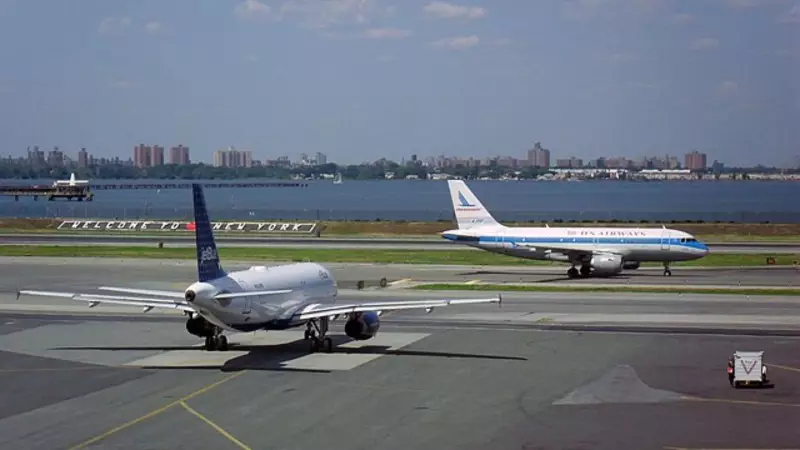
Air travel across the United States descended into chaos on Tuesday as a severe staffing crisis at a crucial air traffic control facility triggered widespread flight delays, leaving thousands of passengers stranded and frustrated.
The epicenter of the disruption was the Jacksonville Air Route Traffic Control Center (ARTCC), which manages high-altitude air traffic across large portions of Florida and beyond. The Federal Aviation Administration (FAA) was forced to implement traffic management programs, essentially slowing down the flow of aircraft, due to insufficient numbers of available controllers.
Domino Effect Across Major Airports
The staffing shortage created a domino effect, impacting some of Florida's busiest airports and rippling out to affect national air travel. Travelers faced significant setbacks at key hubs including:
- Orlando International Airport (MCO)
- Miami International Airport (MIA)
- Fort Lauderdale-Hollywood International Airport (FLL)
- Tampa International Airport (TPA)
Flight tracking websites lit up with delay indicators, painting a grim picture for Tuesday's travel. At one point, over 350 flights within, into, or out of the U.S. were experiencing delays, according to FlightAware data.
A Deeper Look at the Problem
This incident highlights a persistent and worrying vulnerability within the U.S. aviation system. The Jacksonville Center, like several other critical facilities, has been grappling with staffing challenges for years.
Air traffic control is a high-stress profession requiring extensive training. The combination of an aging workforce heading into retirement and the lengthy process to certify new controllers has created a perfect storm. When even a small number of controllers are unexpectedly unavailable due to illness or other factors at an already understaffed facility, the system's capacity plummets, leading to the kind of widespread disruptions witnessed today.
Passenger Frustration and Economic Impact
For passengers, the delays translated into missed connections, ruined plans, and hours spent waiting in terminals. The economic impact is also significant, affecting airlines through operational costs, compensation claims, and the broader travel and tourism industry.
While the FAA continues to work on hiring and training more air traffic controllers, incidents like this underscore the urgent need to address the staffing gap to ensure the long-term stability and reliability of the national airspace system.





